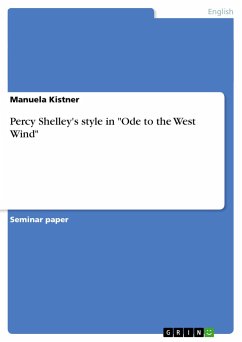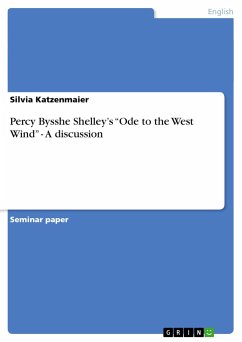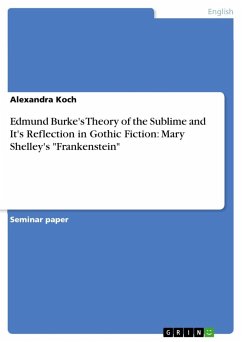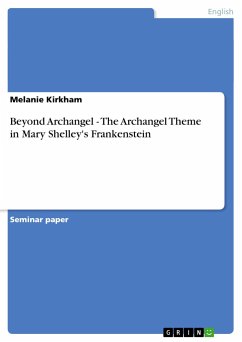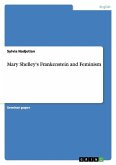Seminar paper from the year 2005 in the subject English Language and Literature Studies - Literature, grade: 1,7, University of Heidelberg, language: English, abstract: Percy Bysshe Shelley is one of the most famous Romantic poets of the 19th century. Throughout his life he has written a lot of works that impressed people. One of these works is the poem 'Ode to the West Wind' which was written in 1819. This paper is about 'Ode to the West Wind' and gives information on it, such as its outer appearance. It focuses on how Shelley describes the 'wind' and which symbols he uses in this poem.First some information about the term 'ode' itself. The ode is a lyric poem with great length that deals with a "lofty theme in a dignified manner ". There are three types of English odes: the Pindaric, the Cowley and the Horation ode. The Pindaric Ode is a ceremonious poem with Pindar's style. Pindar was "a Greek professional lyrist of the 5th century BC. He employed the triadic structure of Stesichorus, [...] consisting of a strophe [...] followed by a metrically harmonious antistrophe, concluding with a summary line in a different metre. " The most important odes were those of Abraham Cowley and Andrew Marvell. Marvell, for example, used "a simple and regular stanza [...] modelled on Horace" with the rhyme scheme aabb; the first two lines had four stresses, whereas the last two lines had only three stresses. Cowley wrote Pindaric odes "which had irregular patterns of line lengths and rhyme schemes, though they were iambic." Shelley's Ode is of the Horation type; in it he describes the activities of the west wind on earth, on the sea and also in the sky. He also expresses "his envy for the boundless freedom of the west wind, and his wish to be free like the wind and to scatter his words among mankind".

